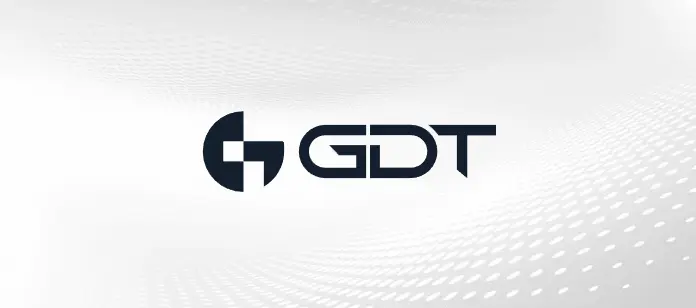By Richard Arneson
In May of this year, HPE announced its purchase of Plexxi, an eight-year-old, Boston-based company that set the IT world on fire based on this one (1) idea: data center networking needed to be less complicated, yet more powerful. They combined software-defined networking with intent-based automation that addressed workload and infrastructure awareness to revolutionize the way networks are managed. The result? Simplified tasks, increased efficiency, and reductions in complexity and costs.
With its purchase of Plexxi, HPE greatly enhanced its software-defined portfolio by combining Plexxi’s Next-Gen data center fabric with its existing software-defined infrastructure. HPE customers will be better equipped to enjoy a true cloud-like experience in their data center. Automatic creation and re-balancing of bandwidth will be able to perfectly address the needs of specific workloads, and applications can be deployed faster. Customers will be able to better, and faster, harness the true value of their data.
The two (2) Clear Values HPE is receiving as a result of its Plexxi acquisition
HPE is integrating Plexxi’s technology into its already robust hyperconverged solutions, which are the result, in part, of their 2017 purchase of SimpliVity. According to HPE, “The purchase of Plexxi will enable us to deliver the industry’s only hyperconverged offering that incorporates compute, storage and data fabric networking into a single solution, with a single management interface and support.”
HPE anticipates two (2) key, clear opportunities from its Plexxi purchase:
- The combination of the Plaxxi and SimpliVity solutions and technologies will deliver to customers a dynamic, workload-based model that will much better align IT with their business goals. Prior to the Plaxxi acquisition, Gartner’s Magic Quadrant for hyperconvergence already listed HPE as one the industry’s leaders. With Plexxi, their lead just got longer.
- Secondly, Plexxi’s technology will enhance HPE Synergy, its existing composable infrastructure portfolio that offers pools of resources for storage and compute. HPE Synergy is built on HPE OneView, which enables users, from a single interface, to accelerate applications and service delivery, and allows logical infrastructures to be composed or recomposed at (near) instant speeds.
HPE, at last count, has almost 1,500 composable infrastructure customers to date. Now throw Plexxi into the mix, and that number will get bigger, in a hurry.
First, turn to the HPE and composable infrastructure experts at GDT
HPE is one of GDT’s premier partners, and their solutions and products have been architected, engineered, deployed and monitored by GDT for enterprises, government entities and some of the largest service providers in the world. GDT’s talented solutions architects and engineers are experts in delivering composable infrastructure solutions—including, of course, HPE Synergy—and helping organizations of all sizes enjoy its many benefits. You can contact them at SolutionsArchitects@gdt.com or Engineering@gdt.com. They’d love to hear from you.



